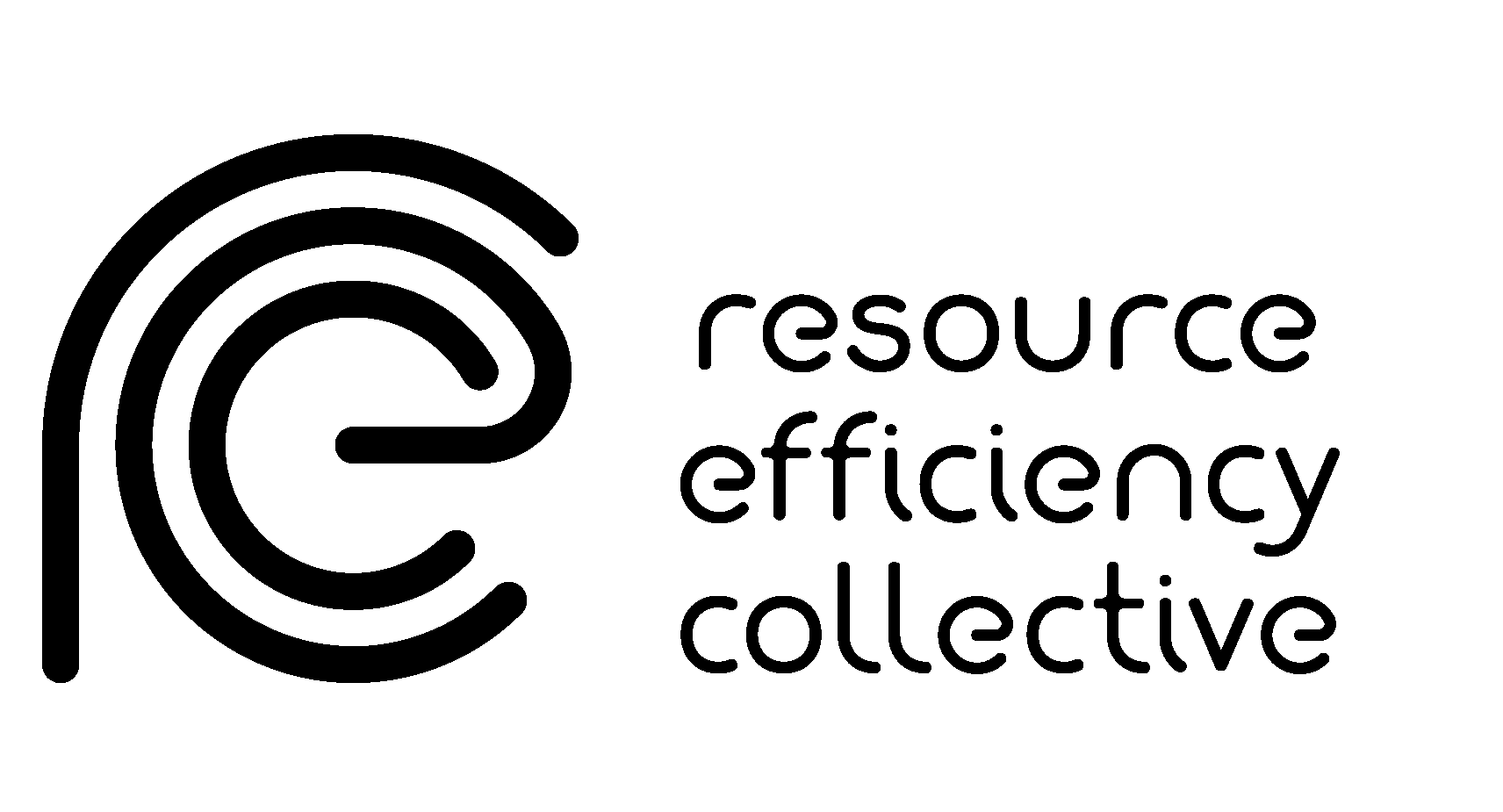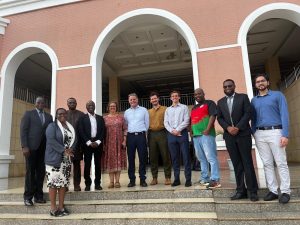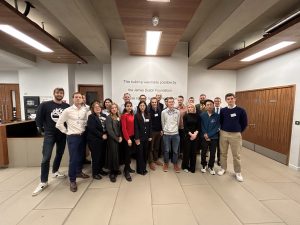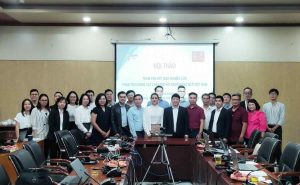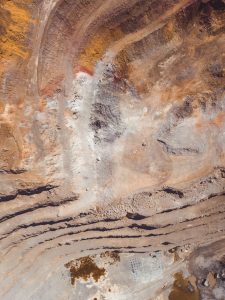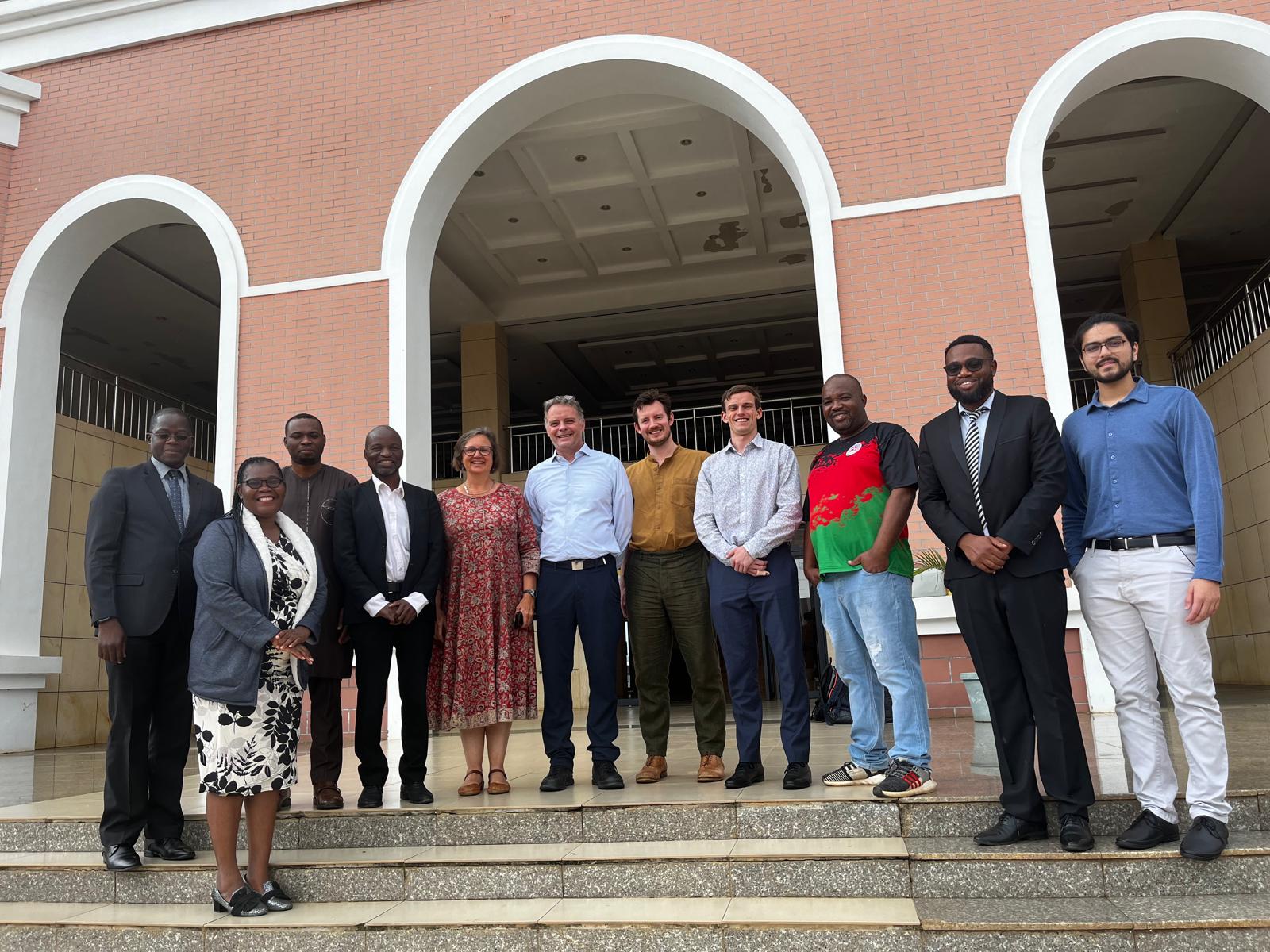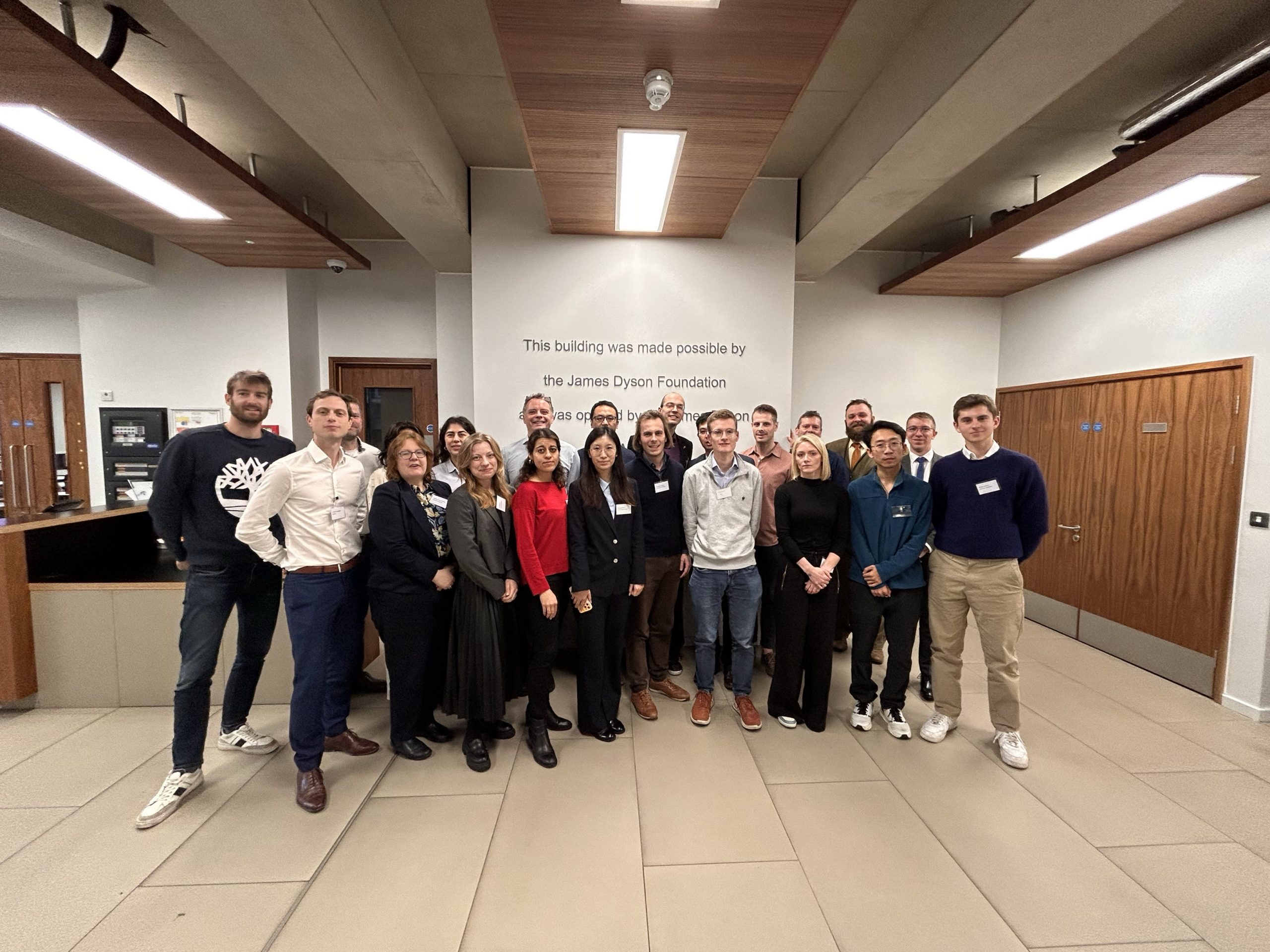Mapping Global Material Systems – The MinFuture project
As global demand for resources and materials increases, understanding the supply chains and material flows is critical in the capability for the European economy to remain competitive. With this backdrop, an EU funded project called MinFuture was launched; with the aim of identifying and developing expertise in mapping global material flows.
Over the past two years, the Resource Efficiency Collective has been working in partnership within a consortium of both academic and industrial organisations as part of MinFuture. The Resource Efficiency Collective was tasked with the assessment and presentation of current and new visualisation options for Material Systems. The full report can be found at www.minfuture.eu/visualising-material-systems
At the concluding conference in Brussels on 6 November, MinFuture presented the findings of the project and presented the recommendations for improved monitoring of the physical economy. Three key steps to enable this monitoring were presented to the Advisory board and European Commission: First, monitoring systems and reporting data in a systems context on different scales (global, national, company, facility) is critical to determining resource efficient options. Second, facilitating data sharing across organisations and nations is pivotal for accurately mapping global flows of materials and providing greater insights on resource efficiency. However, enabling this would require creation of new technical solutions, legal frameworks, and institutional settings. Thirdly, MinFuture proposes the establishment of an international materials agency with the mandate and resources to be able to pursue the mapping of global flows of materials and the ongoing cooperation of multiple institutions. More information and full reports as part of the MinFuture project can be found at http://www.minfuture.eu/
